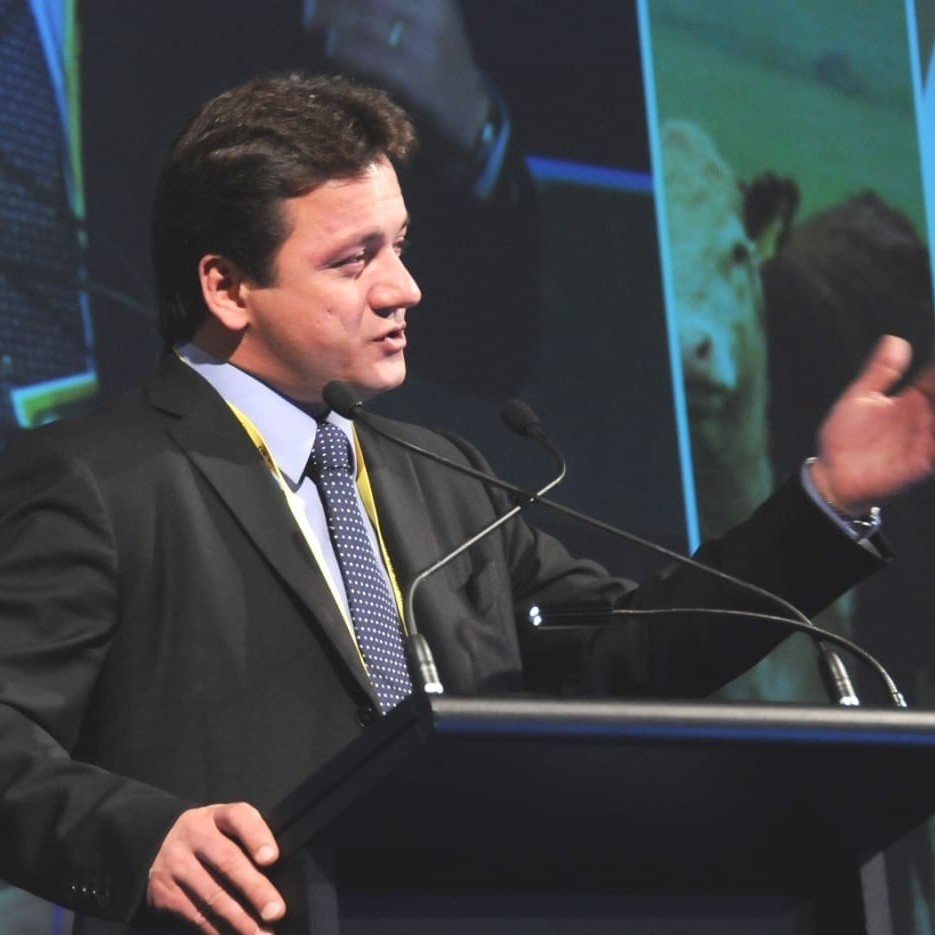
JBS Australia’s parent company, JBS SA, filed second quarter financial results yesterday reflecting strong sales and earnings growth compared to this time last year.
Revenue across the company’s global operations in North and South America, Australia and Europe was up 18.7 percent compared to the same quarter last year, 70pc of which was due to organic growth rather than acquisitions and mergers.
A notable point was the rare positive performance across all species (beef, chicken and pork) and regions, (South America, and North America/Australia). More often than not, financial strength in one area is offset by poorer performance in another.
The growth last quarter was primarily due to price increases in North American operations, especially in JBS’s Pilgrim’s Pride poultry business, as well as increased volume sold in both domestic and export markets from its South American and US/Australian operations.
Net revenue for the quarter totalled A$8.5 billion, up 19pc from the same quarter last year.
The company closed the second quarter with earnings (before income tax, depreciation and amortisation) 64pc up from year-earlier figures due to improved results in the USA chicken, and JBS USA beef (including JBS Australia) operations.
JBS does not report the financial performance of its Australian business operations separately, but in combination with its US and more recently, Canadian beef businesses, making local performance hard to distinguish.
US/Australian beef division
Highlights within the US/Australian/Canadian beef division operations included net revenue of $4325 million, outperforming this time last year by 12.6pc due to increased sales prices in both domestic and export markets.
Compared with the first quarter this year, the division’s net revenue was 11.4pc higher, due to growth in both volumes and prices of exports.
Earnings were A$145 million, reversing a net loss of A$8m a year ago, as a result of increased prices for beef cuts in the US and a better balance between supply and demand in the US business, which could be observed by the stability of US cattle prices.
The results for the US beef division for the quarter reflected greater demand for beef in the US, combined with an increase in export volumes out of the US and Australia, especially to the Japanese market, which grew 40pc due to heavier US trade compared to the previous quarter.
In addition, JBS highlighted the performance of Australian exports, with emphasis on an increase of 22pc in exports to the Chinese market compared with the previous quarter.
In other divisions:
- JBS’s US pork business posted net revenue for the quarter up 3pc, with earnings up 3.2pc. The result reflected an increase in demand for the period, which caused a gradual increase in sales prices and consequent increase in supply in a period of seasonally reduced availability, the company said.
- JBS’s US chicken business posted net revenue for the quarter up 11pc, with earnings 110pc higher. An increase in chicken prices was primarily due to the growth in demand, boosted by promotional activities at retail and foodservice in the US.
- JBS’s South American business posted net revenue for the quarter up 26pc, while earnings were down 14pc. The reduction reflected a challenging environment in Uruguay, combined with the ramp-up process of new facilities in Brazil, yet to reach their optimum level of efficiency.
 JBS president Wesley Batista told a financial market briefing that JBS was confident that there would be positive margins for US beef and poultry in the second half of the year.
JBS president Wesley Batista told a financial market briefing that JBS was confident that there would be positive margins for US beef and poultry in the second half of the year.
JBS expected US corn prices to decline by about $2 a bushel by the end of 2013, which would help poultry, and to a lesser extent beef profitability in the US towards the end of the year, he said.
The company’s conservative hedging policy had lessened the impact of currency fluctuation, he told the briefing. JBS would have suffered losses in the second quarter of up to A$384m from exchange rate fluctuations if not for its hedging strategies, Mr Batista said. Even so, JBS lost about A$103m during the quarter to currency movements.
Comparisons between US Beef division (including Australia) and South America beef division showed livestock purchase represented 87.5pc of total production cost in US/Australia, versus 84.6pc in South America; processing cost including ingredients and packaging was 5.1pc versus 8.8pc; and labour 7.4pc versus 6.7pc.
Export destinations change
During the second quarter, 73pc of JBS’s global sales were generated domestically in the markets that the company’s businesses are located in, while 27pc of sales came from exports.
There were some considerable shifts evident in a summary of export destinations for JBS beef, comparing the most recent quarter ended June 30 with the same period a year earlier. Note that these export figures involve all of JBS’s beef divisions in North and South America and Australia.
Biggest growth was seen in exports to China, and the proxy ‘grey trade’ markets of Vietnam and Hong Kong, which doubled from 14.8pc of total company exports a year ago, to 27.5pc this year.
In contrast, JBS’s trade to Japan fell from 13pc last year to just 3.9pc for the most recent quarter.
Russia was another big decline, falling from 9.5pc of export trade last year to 5.5pc this year, due to trade access difficulties out of North and South America.
Declines were also seen in supply into the EU (down from 6.3pc to 5.1pc); and South Korea (6.3pc to 4.9pc).
Following broader trends where exports are going into a more diverse range of destinations, the ‘other’ category grew from 13.8pc to 16pc.
